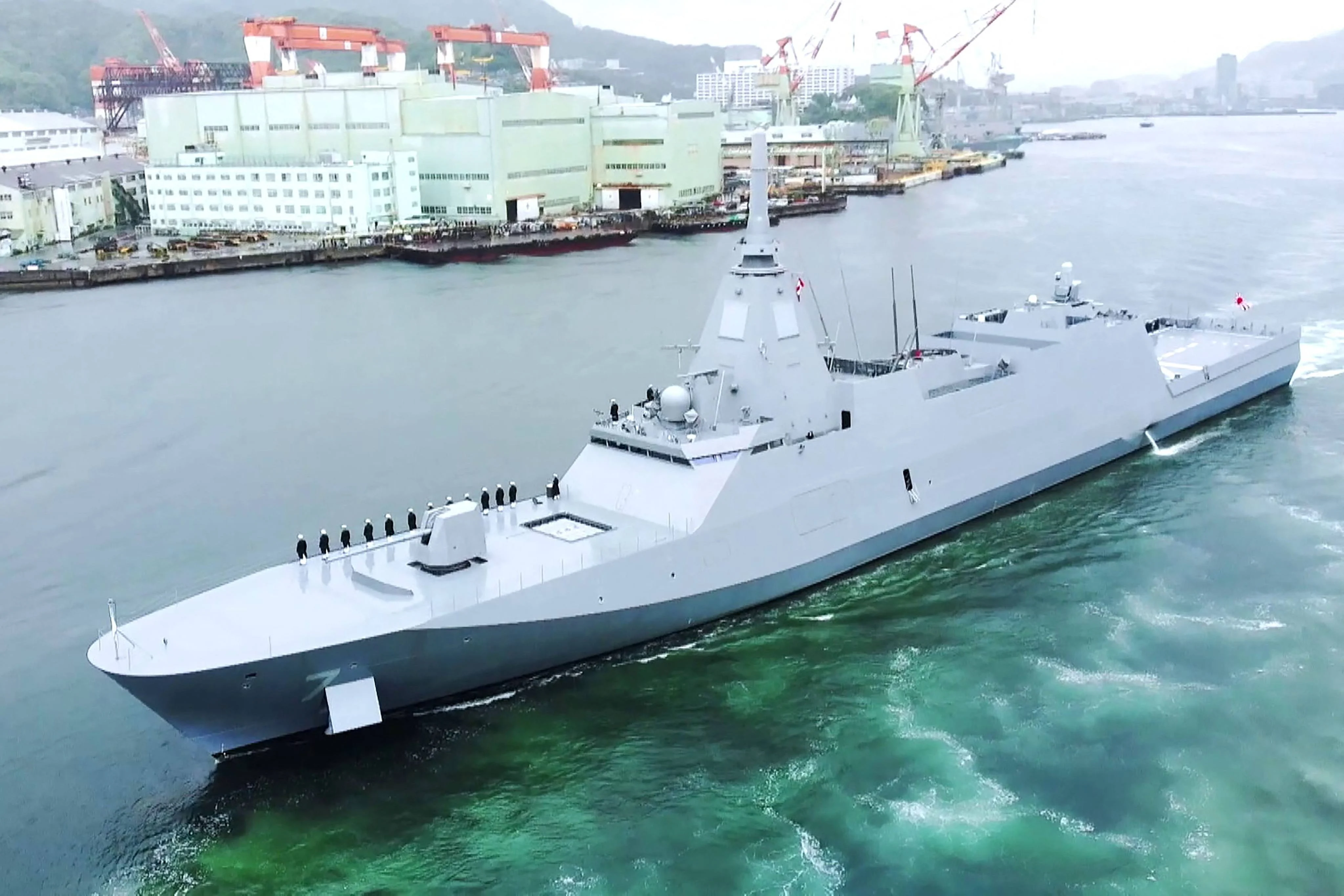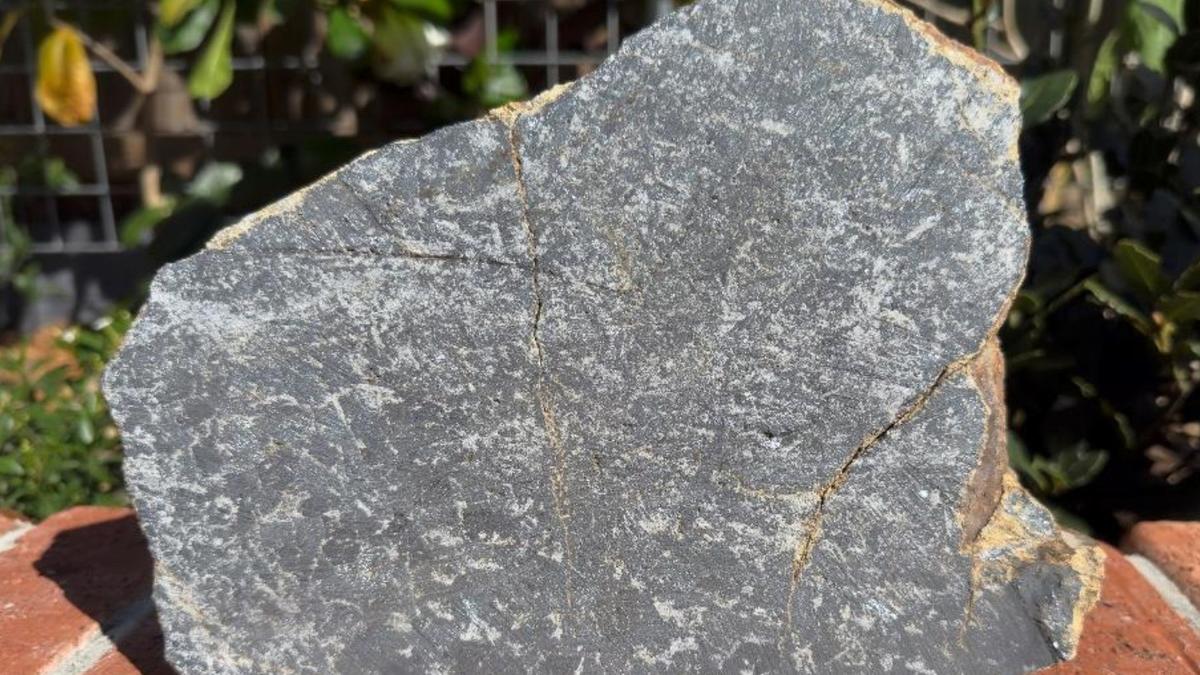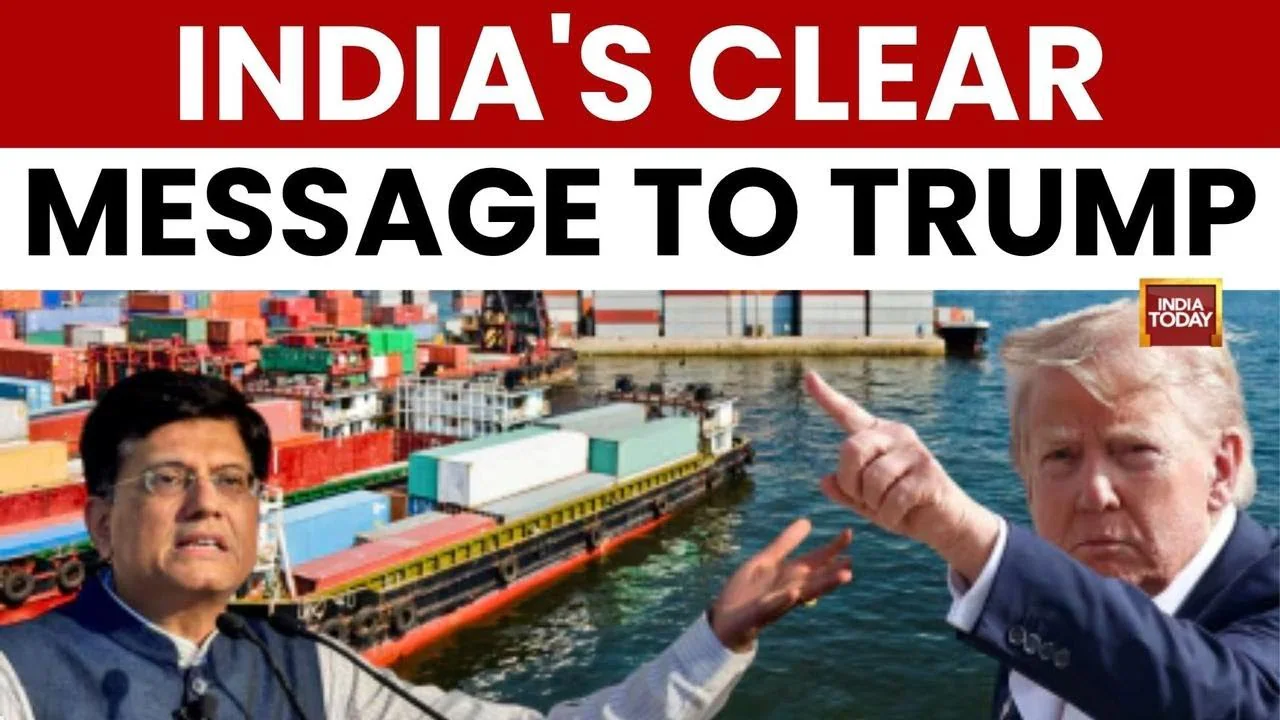Copyright scmp

The new Japanese government has moved swiftly to make it clear that it intends to relax the rules covering exports of weapons abroad at a time of worsening global insecurity and rising defence spending. Shinjiro Koizumi, who was named defence chief when Prime Minister Sanae Takaichi announced her new cabinet on Tuesday, used his first press conference the following day to lay out the administration’s aims, adding that the revised policy had the full support of the ruling Liberal Democratic Party’s coalition partner, the Japan Innovation Party (JIP). “Our country faces the harshest and most complicated international security environment since the end of World War II. It is necessary to further promote defence equipment exports,” Koizumi said. “Based on the LDP-JIP agreement, we will advance necessary discussions with the related ministries and agencies.” According to Koizumi, revisions will be made to the three principles that have until now guided defence equipment exports and the nation’s broader security tenets will also be updated. The proposed changes to the weapons exports guidelines also coincide with Takaichi announcing that she intends to increase defence spending to 2 per cent of GDP by the end of March, fully two years ahead of the deadline set by previous LDP governments. The three principles originally laid out in 1967 stated that weapons would not be provided to communist bloc countries, nations subject to UN arms embargoes or states involved in or likely to be involved in international conflict. The principles were expanded in 1976 to effectively cover all areas of the world “in conformity with Japan’s position as a peace-loving nation”. “The three principles were adopted in conjunction with the pacifist constitution after the war and especially because of the atomic bomb attacks on Hiroshima and Nagasaki in 1945,” said Hiromi Murakami, a professor of political science at the Tokyo campus of Temple University. “Japan wanted to make it very clear that it would not go to war again and this was part of that consistent message,” she told This Week in Asia. Japan recently marked the 80th anniversary of its surrender in World War II, but there are now fewer people alive who remember the horrors of the conflict and there is a growing sense that Japan needs to take economic advantage of its hi-tech capabilities, even if that is in the area of weapons. Public resistance to the development and export of advanced weapons has also been eroded by growing security challenges in northeast Asia, particularly from China and North Korea. While the government might see lifting the restrictions on exports an opportunity to tap into soaring demand for advanced weapons, others suggest Tokyo needs to temper its expectations. “This is not actually a hardline right-wing policy as it was discussed when Naoto Kan of the Democratic Party of Japan was prime minister back in 2010 and 2011,” said Garren Mulloy, a professor of international relations at Daito Bunka University and a specialist in military issues. “It has broad support across the political spectrum, but what Koizumi is doing is saying that he wants to speed this up.” But there are hurdles that need to be overcome. According to Mulloy, Japan has the funds to buy new weapons systems as its defence budgets have been increasing since 2023, but deals are not on the scale that make it economically feasible for companies to develop, test and produce equipment. That has inevitably stunted development of systems that might compete on the world market, leaving Japanese firms playing catch-up to even countries in the middle tier of arms exporters, such as South Korea, Turkey and Brazil. And while a handful of Japanese companies – such as Mitsubishi Heavy Industries and IHI Corp – tend to get the big contracts for warships and aircraft, companies that develop smaller, more niche systems have largely opted out of the market because it is difficult to make a profit. Komatsu, for example, is renowned for construction and forestry machinery and spent years developing the LAV four-by-four light armoured vehicle for the Ground Self-Defence Force. Over the course of 20 years from 1997, the government bought just 1,937 units and always declined to confirm future purchases beyond the next financial year. Komatsu stopped production of the vehicle in 2017. With a limited track record at home and up against stiff competition from established weapons firms abroad, many Japanese companies have simply ignored the defence sector entirely. And those that have tried in the past have found the going hard. Japan’s hopes of breaking the weapons export taboo suffered a setback when a deal to sell Soryu-class submarines to Australia in 2014 fell through. Japan has also been seeking buyers for the Kawasaki P-1 maritime reconnaissance aircraft and the same company’s C-2 military transport aircraft. In August, however, Japan achieved what may be its defence export breakthrough after Australia selected the upgraded Mogami-class frigate as the preferred platform for its new generation of warships. Under the deal, the first three vessels will be constructed in Japan and the remaining eight will be built under licence in Australia. There has also been progress on the next-generation GCAP fighter project with Britain and Italy after some early teething problems in the three-way alliance. Takaichi’s administration will be hoping that these deals will act as a blueprint for greater overseas deals. “Japan can produce some great stuff – it is a world leader in missile and aircraft radar – but it has had problems in finding collaborators, which is why the GCAP project is so important,” Mulloy said. “Japan should be in a position to realise its potential in this area, but they are likely to struggle in comparison with others because those other countries have a big head start.”



